The Eurasian hemp borer (Grapholita delineana) is the caterpillar (larval) stage of a small moth that tunnels into stems and buds of Cannabis. (It is also known as the Eurasian hemp moth and hemp borer.) This species is presently known only to occur east of the Rocky Mountains, and is widespread in eastern Colorado.
Hemp Borers are little, white caterpillars under one centimeter in size. They have a dark blackhead, and as they develop, their bodies shift into an obvious orange-red shade.
Most of the observed damage by this insect occurs when the caterpillars (larvae) tunnel into the base of developing buds, girdling the stem at the base of the bud, which then wilts and dies. Larval tunneling may also cause some stunting and distortion of stems and stalks, perhaps with some effect on yield. Damage to developing seed has also been reported.
The Eurasian hemp borer has potential to be a significant insect pest of this crop in eastern Colorado, particularly of crops grown for pharmaceutical purposes (e.g., CBD) and seed. It also will likely become more commonly encountered in the crop as hemp cultivation continues and expands.
Life History and Habits.
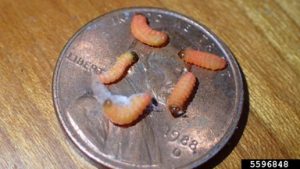
The caterpillars are quite small, reaching a maximum size of about 6-8 mm. Early stage caterpillars are cream colored with a dark head. Last stage caterpillars have a reddish-orange coloration. The last stage larvae are much more commonly noticed than younger larvae that blend in color with the pith of the plant. Often they are noticed during harvest or when they get dislodged from plants during drying.
The stage that survives through winter is the full-grown caterpillar, often in small diameter stems near new growth. Eurasian hemp borer larva in stem at the base of a bud damage growth.
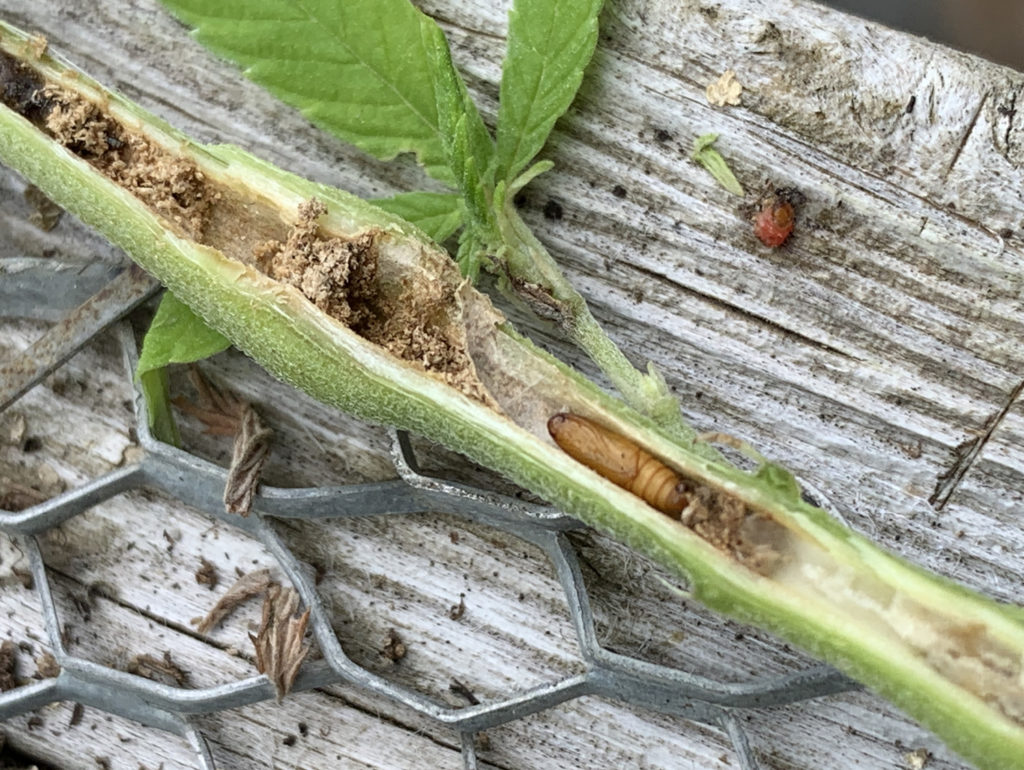
They may also survive winter within a folds of leaves around seed heads. The caterpillar remains dormant through winter, transforming to the transition pupal form in spring. Pupation also usually occurs within the plant.
Leaf wilting and die-back of terminal growth can occur from stem tunneling of Eurasian hemp borer larvae.
Adults later emerge in mid spring and begin the first of two, probably three, generations that are completed during the course of the growing season. After mating, the female moths can lay a few hundred eggs over the course of a couple weeks. When eggs hatch, the minute, first stage caterpillars feed for a few days on the leaf surface.
As the caterpillars get a bit older and larger they then bore into the stems of the plant. From that point the remainder of their life will occur within the plant, as a stem/stalk borer, until they reach the adult form that begins a new generation.
Adults that develop from the eggs laid during spring produce a second generation that results in caterpillars (larvae) present in plants during midsummer. It is likely that a third generation occurs, with adults present through late summer. These late season moths lay eggs that result in the caterpillars that do the most injury to plants. These last generation caterpillars then go dormant, resuming development the following spring.
In addition to Cannabis, The Eurasian hemp borer is also reported to develop in hops and knotweed (Polygonum). Wild host plants appear to be important in sustaining populations of this insect in eastern Colorado that later infest hemp. These alternate wild plant hosts used by Eurasian hemp borer presently are unknown but perhaps include various weeds in the family Polygonaceae (smartweeds, knotweeds) with stems large enough to support this insect.
Another Hemp-infesting Caterpillar with Similar Injury Patterns is The European corn borer (Ostrinia nubilalis) and is another stalk boring caterpillar. These caterpillars are light brown or cream colored, never reddish-orange. They also get much larger than the Eurasian Hemp borer. The European corn borer develops in the stalk and larger diameter stems and would rarely be associated with the area around developing buds and seeds. European corn borer is found in many areas of North America east of the Rocky Mountains, but in Colorado is rarely found outside the northeastern counties. I have yet to see this insect in Thailand.
Numerous chemical pesticides, which might be readily available to commercial and fiber Hemp Fiber manufacturers, yet are improper for consumable goods like CBD oils and cooking oils. The U.S. Epa (EPA) authorized 10 extra Hemp-proper pesticides in late 2019. However sadly, it’s not totally understood how these appear post-extraction. As there is zero-tolerance for pesticide residue post-processing, a procedure that naturally focuses anything on or in the raw product is a threat.
Crop failure due to Hemp Borer problems, and post-harvest rejection due to pesticide contamination, are not threats lots of growers want to take. For farmers growing Hemp consumables, natural and preventative steps are the just safe and practical methods to resolve the The Hemp Borer issue.Hemp growing continues to need considerable in advance financial investment to begin.
The Hemp Borer larvae trigger considerable damage when they bore into the base of the Hemp Flower. As they move into the flower, it wilts and ultimately passes away. Hemp Boreres might in addition trigger stunted and misshaped development along stems and branches. Hence, it’s a major problem for farmers growing Cannabinoids and Seed and perhaps an issue for those producing fiber.
Although a problem might just emerge post-harvest as caterpillars remove from the flowers throughout the treating procedure, they technically worm their method the weeks leading up to harvest. If not handled, the larvae will overwinter in the stems and seed heads. By mid-spring, and the pupation phase total, the moths emerge to mate. Throughout the growing season, Hemp Moths might go through upwards of 3 regrowths, ending with the chillier fall season.
Natural Solutions to the Hemp Borer Issue
Early Avoidance
Hemp Growers need to keep an eye on harvests for indications of any Hemp Borer problem from year to year. Even if the caterpillars did little to no damage to the present year’s flowers, mindful evaluation is required to avoid a surge the next year.
Throughout gathering, treating, drying, and other processing, keep an eye on the flowers for indications of larvae. As they might break totally free throughout managing, keep a close eye on devices, floorings, and other surface areas that gather particles from processing raw Hemp Product.
Since caterpillars overwinter within the plants, growers require to get rid of all seed heads and flowers from the field. A lot of device gathering cuts the plants at the stalk base and leaves little product behind, so this action is generally simple to achieve.
Colorado State advises the positioning of processing plants a minimum of 1/2 mile far from growing websites. The range will help in reducing the threat of borers enduring on drying space floorings, pupating, and infesting the regional fields the list below year.
There is likewise some speculation that Hemp Borers might make it through in a number of localized weeds growing around and within Hemp Fields. Growers would be smart to cut all weeds prior to planting and once again at harvest to make sure no field survival over the winter season.
Continuous Crop Tracking
Due To The Fact That the Hemp Moth goes through a number of generations in a single season, continuous field tracking can assist capture addressing the issue well prior to the larvae start chomping their method through flowers and seed heads.
According to Colorado State, normally speaking, invasions start at the edges of a field since the moths are bad fliers with the capability to take a trip just brief ranges. Examination around the edges of the fields frequently for moth activity and the subsequent damage of any plagued plants might restrict the spread.
Are there Existing Safe Pesticides?
Regrettably, Hemp Borers are a difficult bug to target with even standard pesticides. Since the caterpillar lives within the stems, stalks, and flowers, spray-over pesticides typically stop working to do much damage. Even if these pesticides permeate the flowers’ interior, they are not ideal for many growers dealing with cultivars predestined for the Cannaboid market.
Once Again, the EPA just recently authorized 10 extra pesticides forhemp. An overall of 9 of these chemicals are bio-pesticides, consisting of the Bacillus thuringiensis ranges, which implies it has been stemmed from natural sources. Bacillus-type pesticides are pathogens damaging to pests like the Hemp Borer.
Are these bio-pesticides damaging to people? A lot of research study shows no, however once again, how CBD extraction procedures impacts this pesticide is unidentified. Additionally, needs to any Hemp Flower be predestined for a last smokable or Vape-ready type (flower and Vaporizer oils), there is currently no security details readily available.
Preventative Procedures Secret to Naturally Combating the Hemp Borer
The most affordable and best method to deal with The Hemp Borer problem is to deal with the problems as they appear at harvest. These are low-tech options, however so far, the only tested method. Stopping the life-cycle of the caterpillar in between seasons works and easy. Integrated with ongoing field checks in the spring and summertime, post-harvest clean-up will capture localized invasions ought to they occur.
The Hemp Borer’s routines might secure it from chemical sprays (natural or not), so the Hemp Farmer is best served by continuous preventative steps and crop tracking.
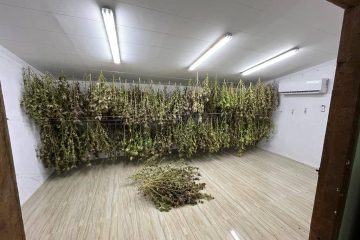
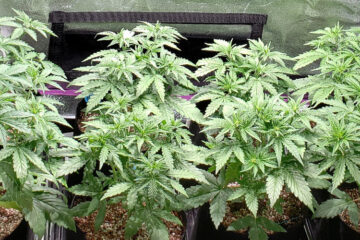
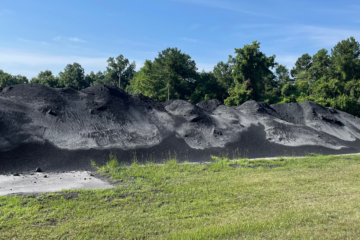
0 Comments